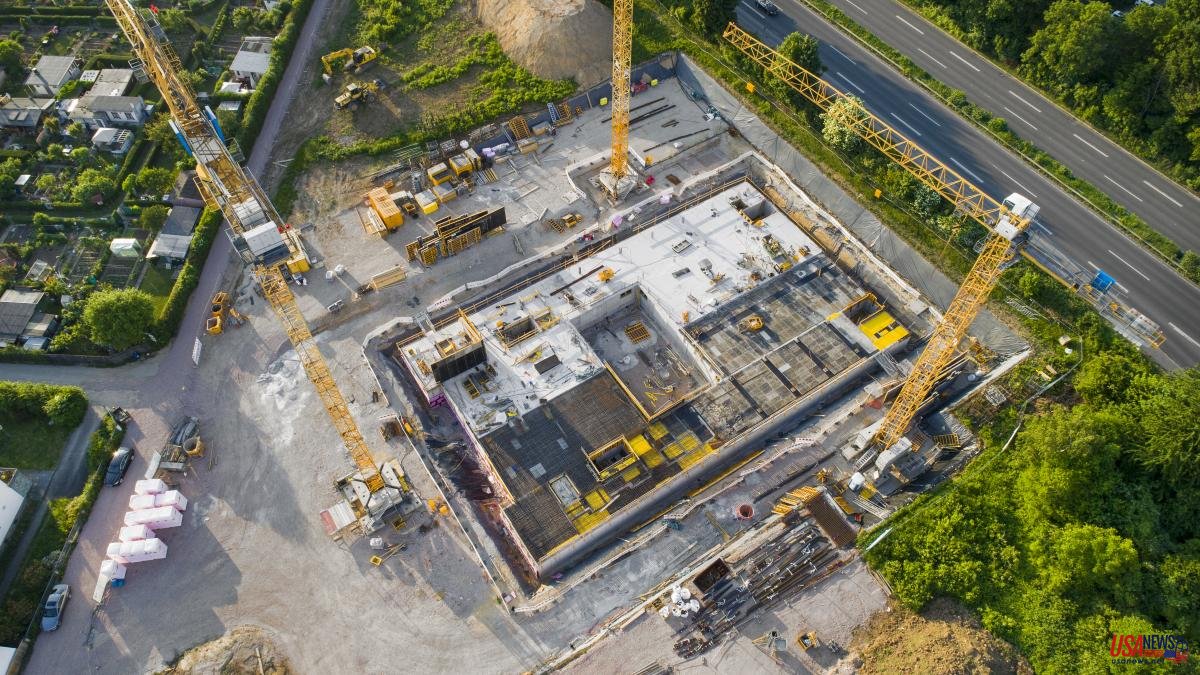The energy efficiency of buildings plays an increasingly important role in the transition to a new energy model. To the point that the Next Generation Funds, focused on housing and urban planning, prioritize energy efficiency in their different aid programmes, whether aimed at the rehabilitation of buildings or, above all, at new construction.
And it is that, as Xavier Vilajoana, president of the APCE (Associació de Promotors de Catalunya), explains, “prevention is better than cure. In other words, it is easier to conceive a home from scratch from the point of view of energy efficiency than not, once built, to try to modify it to improve its efficiency”. And he adds that we must understand that a building, in the end, is an asset that remains in the city 'forever', it is immovable, and it will be a point of constant consumption. Hence the importance of building it with efficiency and sustainability in mind. On the one hand, "because of our own commitment to the environment, and on the other, because more and more end customers are becoming aware and asking for their homes to be sustainable and energy efficient," he sums up.
The Next Generation Funds represent an opportunity to build more –it is estimated that the allocation for the promotion of new affordable and social rental housing is 160 million euros– and better, because these homes must meet the criteria of energy efficiency and sustainability dictated by the European Union.
Such criteria establish, on the one hand, that newly constructed buildings must have a maximum consumption of non-renewable primary energy that is adequate for the limits established by the Technical Building Code according to the Climate Zone. On the other, the project must include a waste management study, so that at least 70% of the waste generated is reused or recycled. And, finally, the design of the buildings must support circularity, that is, the building must be able to be disassembled or adapted to allow the reuse and recycling of its materials.
Investing in the construction of more sustainable and efficient housing, with very low or almost zero energy consumption, is investing in the urban and housing quality of our cities, present and future. In Catalonia, 60% of the housing stock is prior to 1980, the year in which the mandatory regulatory framework for thermal insulation was established. This means that a very important part of the homes in our country are not suitable for the energy sustainability criteria set by the EU.
The Next Generation Funds also seek to act on this reality through aid programs for rehabilitation with a value of around 162 million euros. With these aids, the aim is to reduce the energy consumption of old buildings by a minimum of 30% through more efficient systems and with better insulation of the façade, roofs and closures. Although, as Vilajoana points out, "the problem is that 80% of the residential market is horizontal properties and depends on the communities of owners, so developers will have little impact on these items."
“The Barcelona metropolitan area has land for protected housing to build some 73,000 social homes. And of these, some 20,000 in the city of Barcelona alone”, explains Vilajoana. These figures, not insignificant, although they would not solve the important deficit of social housing in the city of Barcelona, they would undoubtedly help to reverse the housing emergency situation in which we have been installed for years.
In this sense, the president of APCE emphasizes the importance of taking advantage of the unique opportunity offered by the Next Generation Funds aimed at promoting new affordable and social housing for rent: "We believe that these aids are a unique opportunity for the different administrations get their act together, because these items are only for public land. It is the municipalities that must make a move and do it quickly, because there is a deadline for the payment of these Funds and it is June 30, 2026”.
And he adds that “once the deadline is over, we will be able to have a map of Catalonia with the promotions that have been made and see which town councils have taken advantage of this opportunity and which have not. And we will be able to mark them”.













